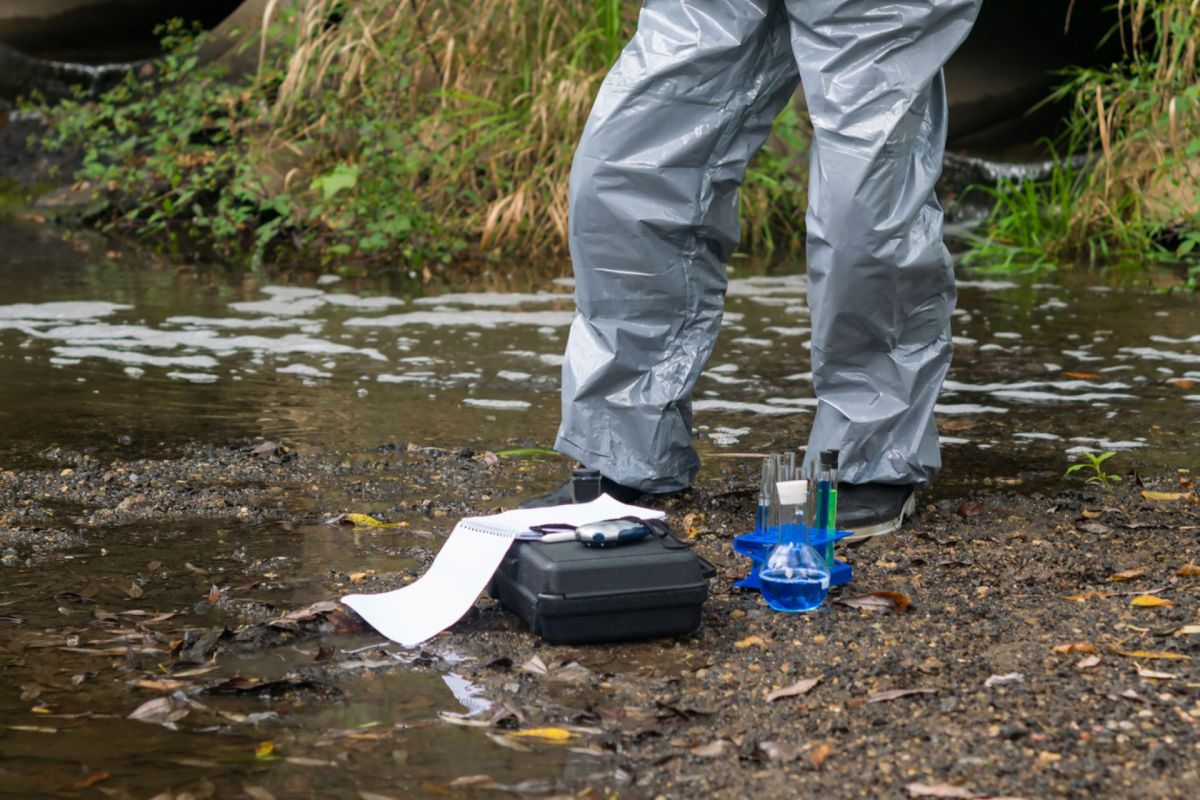Researchers have discovered cancer-causing contaminants in sediments and fish in a waterway near a coal ash landfill in Virginia.
What happened?
A research team examined water and sediment samples in aquatic environments surrounding five Virginia coal ash facilities, as an article posted by Phys.org reported.
Coal ash refers to several kinds of hazardous waste left over at coal-burning power plants. It contains water-soluble metals like cadmium, selenium, mercury, lead, and arsenic.
The study, which appeared in Environmental Pollution, revealed significantly heightened levels of these trace metals at waterway bottoms and in the tissues of banded killifish living near the coal ash landfills.
Why is this study concerning?
This study raises concerns for humans and wildlife. According to the Natural Resources Defense Council, American coal plants each year generate 110 million tons of coal ash, which is generally stored in ponds that "have an unfortunate tendency to leak or flood or spill, sometimes in catastrophic amounts."
Long-term exposure to coal ash waste metals like arsenic and chromium is linked to health threats like cancer, liver damage, and kidney damage, among other things, according to the NRDC. Short-term exposure can cause nose and throat irritation, dizziness, nausea, vomiting, and shortness of breath.
The researchers identified contaminants in a Chesapeake Bay tributary — the Chesapeake Bay watershed is an important source of drinking water for people and habitat for a variety of aquatic species. Its waters also help support a $2.8 billion commercial seafood industry in Virginia and Maryland, reported the Chesapeake Bay Foundation based on government data.
According to the study's lead author, Tyler Frankel, who was quoted in Phys.org, coal ash contaminants increase in concentration as they work their way up through the food web, threatening a number of predatory fish and birds.
"These waterways serve as important routes for several migratory fish species and sensitive nursery habitats for various endemic species," Frankel said, per Phys.org. "Our work highlights the importance of considering this exposure pathway in conservation strategies."
This is not the only way that coal plants are polluting our environment. The burning of dirty energy sources like coal is driving the overheating of our planet. But there's good news — in the past two decades, the United States has closed more than 600 coal-fired power plants.
A number of them are now being repurposed into sources of clean energy like wind and solar farms. In Michigan, the attorney general struck a deal with the state's largest energy provider to end the use of coal plants by 2025, and environmentalists would like to see those sites converted into parklands, wildlife refuges, and solar energy sources.
What's being done about coal ash contamination?
The Environmental Protection Agency's 2015 Coal Combustion Residuals rule outlined national requirements for the safe disposal of coal ash from coal-fired power plants. However, according to Earthjustice, the policy had a big loophole — it excluded any federal oversight on coal ash stored in legacy coal ash ponds and landfills. This left out 566 landfills and ponds across 40 states, the organization said.
"At many of these legacy sites, the EPA determined that coal ash has contaminated groundwater, but the 2015 rule did not require monitoring, closure, or cleanup at these sites," Earthjustice stated in a press release. "Those exempted coal ash ponds and landfills are sited disproportionately in low-income communities and communities of color."
In May 2023, the EPA published a draft rule that would close this loophole. However, environmental groups said the proposed policy still fell short. Among other things, they said, it fails to extend regulations at former coal plant sites that do not have legacy ponds, and it does not address coal ash that was used as construction fill at places like playgrounds and schools.
Still, "This is a really big deal," Lisa Evans, senior counsel for Earthjustice, told AP News. "The Biden administration is standing up for people near hazardous coal waste sites around the country. For far too long, a large portion of toxic coal ash around the U.S. was left leaching into drinking water supplies without any requirement that it be cleaned up."
Join our free newsletter for weekly updates on the coolest innovations improving our lives and saving our planet.









